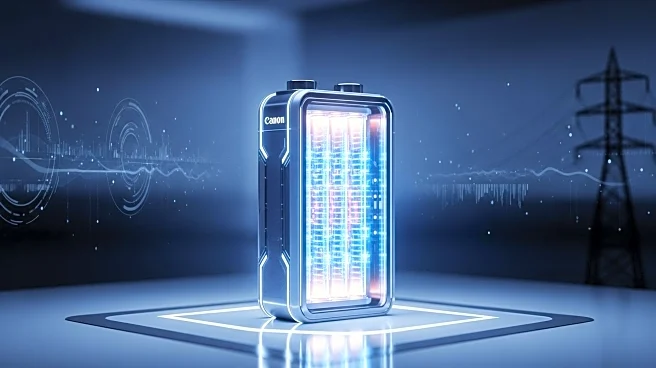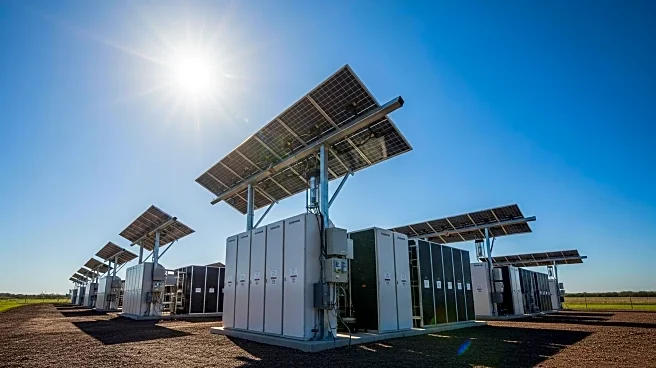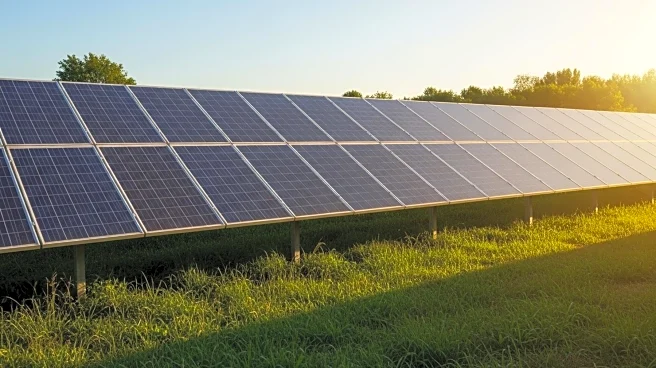What's Happening?
The Bonneville Power Administration (BPA) has entered into an agreement with Oregon State University's PacWave test facility to purchase all power generated at the site. PacWave, developed in partnership with the U.S. Department of Energy and the state of Oregon, is licensed to produce up to 20 megawatts of electricity per hour, enough to power several thousand homes. The facility aims to test devices capable of harnessing wave energy, providing infrastructure for companies to connect their devices to onshore facilities. BPA will buy the power at a market rate set by the Western Energy Imbalance Market. The facility's operation depends on reliable funding from the U.S. Department of Energy.
Why It's Important?
The agreement between BPA and PacWave represents a significant step in advancing wave energy technology in the United States. As a renewable energy source, wave energy offers an emissions-free alternative to traditional power generation methods. This development could contribute to diversifying the nation's energy portfolio and reducing reliance on fossil fuels. The partnership also highlights the potential for collaboration between federal agencies, academic institutions, and private companies in driving innovation in renewable energy. Successful implementation of wave energy technology could pave the way for further investments and advancements in marine energy.
What's Next?
PacWave is expected to begin operations by next fall, with at least two companies ready to test their wave energy devices. The facility's success will depend on continued support and funding from the U.S. Department of Energy. As wave energy technology advances, it may become more cost-competitive with other renewable sources like wind and solar. This could lead to increased interest and investment in marine energy projects. Stakeholders, including energy companies and investors, will closely monitor the facility's progress and its impact on the renewable energy landscape.
Beyond the Headlines
Wave energy's development at PacWave underscores the importance of exploring diverse renewable energy sources to achieve sustainability goals. While wind and solar have become competitive, wave energy is still in its early stages. The industry's growth will require overcoming technological and financial challenges to become a viable alternative. The collaboration between BPA and PacWave highlights the role of public-private partnerships in fostering innovation. As wave energy technology matures, it could contribute to reducing carbon emissions and supporting the transition to a cleaner energy future.












